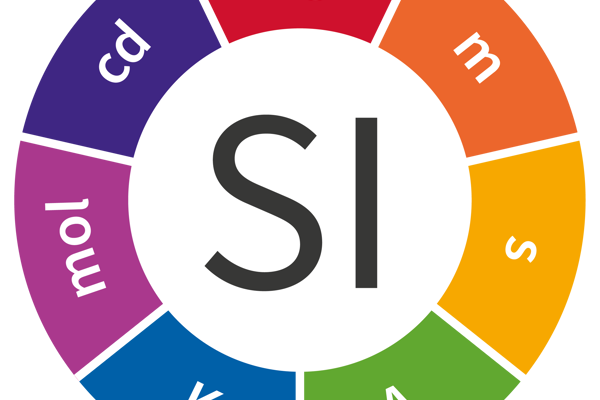World Metrology Day: Setting the standard for measurement
This Sunday, 20th May, is World Metrology Day, the birthday of the signing of the Metre Convention on 20 May 1875 (and pretty much the best day of the year for measurement scientists like us). This convention set the framework for global collaboration in the science of measurement (metrology). Its aim- to ensure we use uniform measurements across the globe- remains as important for industry, commerce and society today as it was over 140 years ago.

Measurement is present in everything: from food and drink safety to the efficacy of pharmaceuticals, from diagnosis and detection of disease to navigation, from air and water quality to forensics. Mobile phones and computers run on accurate measurement, and if you’ve ever had to consistently reset a clock, it was inaccurate measurement that was annoying you.
As the National Measurement Laboratory (designated for chemical and bio-measurement), LGC forms part of the UK National Measurement System (NMS) that provides the core measurement infrastructure for the UK. The measurements we make support manufacture and trade, protect consumers and enhance quality of life.
Did you know that, for all of human history, measurements have been based on actual physical weights and measures, called artefacts? Humans have been working on measurement standardisation for a long time. The ancient Egyptians used what is widely regarded as the first measurement standard, the cubit, a wooden rod that was used to determine standard lengths and heights, like for measuring flood levels of the Nile River. In ancient Babylon, the mina was created and used to measure weight, and the early Chinese civilisation used the chi. Even these standards had much variation within their societies, making wider trade and exchanges difficult. The Magna Carta in 1215 required that the same set of standards be used throughout the realm. Finally, the International System of Units (SI) was agreed to during the Metre Convention on 20 May 1875, when representatives from seventeen countries set out to close gaps and reach uniformity of measurement around the world.
Even now, the Kilogram is a cylinder made from platinum and iridium alloy that sits in a vault near Paris. The vault is a necessary precaution to ensure the kilogram isn’t damaged, but the last time it was taken out and weighed against a copy, it actually lost weight. Think about that. Mass is always calibrated against another officially confirmed mass, but what happens when the official artefact is no longer reliable? Is the artefact the correct weight or is the copy? Does this mean all of the weights in the world are incorrect?
This could have huge consequences, especially when you consider how integral accurate measurement is to our society, which is why scientists have long been looking for a way to redefine standards, developing an independent system that means we don’t have to rely on a physical artefact which could be damaged or degraded. And the most logical way to revolutionise metrology is with math.
Scientists have been searching for a natural constant, an unchanging number present in nature that would represent each unit and would therefore make accurate measurement reproducible without physical weights. The theme for this year’s World Metrology Day is ‘Constant evolution of the International System of Units (SI)’, chosen because this year sees the culmination of that change: the four base units not defined in terms of natural constants – the kilogram, the mole, the ampere and the kelvin – are expected to be revised.
The world will come together at the General Conference on Weights and Measures in November 2018 and is expected to agree to this change. If approved, this will be the most radical change to the SI since its inception and it will hopefully improve measurement forever, providing a springboard for future innovation.
So feel free to celebrate this Metrology Day in style!
